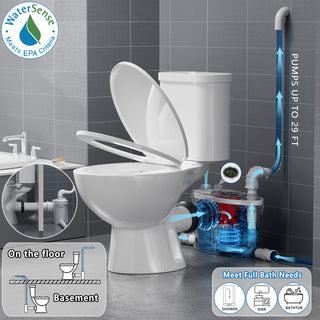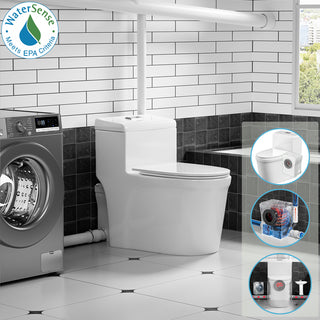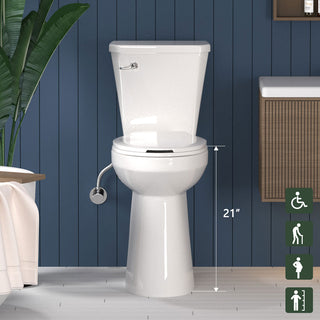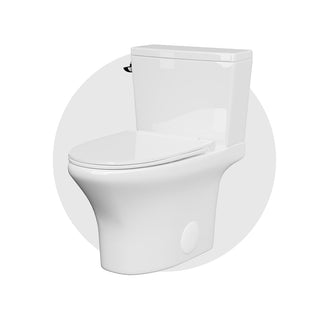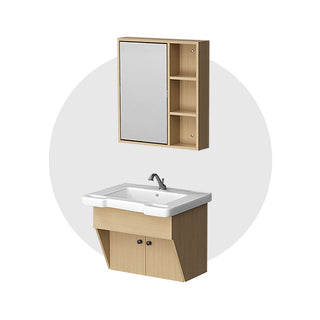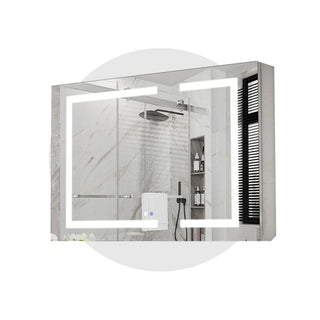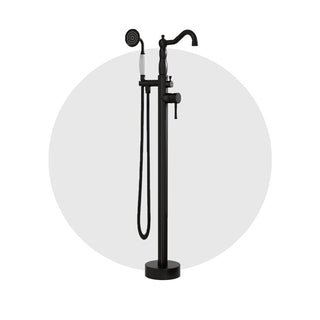Toilet venting might not be the most glamorous topic, but it's critical to your plumbing system’s health. Many homeowners ask: Do you have to vent a toilet through the roof? The answer isn’t always yes. In this article, we’ll explore when roof venting is required, the consequences of poor venting, and modern alternatives that make installation easier—especially in tricky spaces.
What Is Toilet Venting and Why Does It Matter?
A toilet vent, also known as a plumbing vent or vent stack, plays a vital role in allowing air into the plumbing system to maintain proper pressure. This ensures:
✔ Smooth and consistent drainage
✔ Protection of trap seals (the water barriers that block sewer gas)
✔ Prevention of foul odors in the home
Without proper venting, your toilet may gurgle, drain slowly, or release unpleasant smells.
Is Roof Venting Always Required for Toilets?
Traditionally, plumbing systems use a vertical vent pipe that extends through the roof. This is known as a roof vent, and it’s commonly required by building codes to serve as the main vent stack.
But here’s the nuance:
- Not all toilets require their individual vents to go through the roof.
- Some systems connect to a larger main stack that vents through the roof.
- In some areas, alternative venting methods (such as Air Admittance Valves) are allowed by code.
So, while roof venting is common, it's not always mandatory—especially for newer or specialized systems.
What Happens If a Toilet Isn't Vented Properly?
Improper venting can cause a variety of plumbing problems, including:
⚠️ Slow or noisy drainage: Water moves sluggishly due to airlock in pipes.
⚠️ Trap seal loss: Suction can empty the water in the trap, letting sewer gas enter your home.
⚠️ Unpleasant odors: Without ventilation, gases build up and leak indoors.
⚠️ Increased pipe pressure: This can damage plumbing fixtures over time.
Correct venting ensures both functionality and hygiene in your bathroom.
Alternatives to Roof Venting: Modern and Code-Approved
If roof access is limited—such as in basement bathrooms or compact spaces—there are approved alternatives:
1. Air Admittance Valves (AAVs)
- One-way valves that let air in when drainage occurs
- Common in remodels where running a vent through the roof is impractical
- Must be installed in accessible, well-ventilated areas
- Accepted by many building codes (check your local requirements)
2. Re-Venting or Loop Vents
- Used when direct venting isn't possible
- Reroute air flow horizontally or around fixtures
- Often applied in island kitchen sinks but adaptable to bathrooms
3. Sidewall Venting
- Vent exits through an exterior wall rather than the roof
- Requires correct height, placement, and protection from rain/snow entry
Macerating Toilets: A Different Approach to Venting
Unlike traditional gravity toilets, macerating toilet systems grind waste and pump it to the main drain line. Thanks to their design, they typically:
- Do not require direct roof venting
- Use internal pressure systems and carbon filters to neutralize odor
- Provide flexible venting via a short external outlet or built-in air control
For example, the Simple Project Macerating Toilet System features:
- Active carbon vent filter that absorbs odors without roof ducting
- Pressure-balanced water discharge for reliable drainage
- Ideal for basements, attics, or anywhere without easy roof access
- Optional vent connection (non-invasive installation)
What the Plumbing Code Says
Always consult:
- Your local plumbing codes, as rules can vary by state, county, or city
- The manufacturer’s installation instructions, especially for systems using AAVs or macerating technology
- A licensed plumber, particularly when modifying existing vent systems
Even if your system technically "works," improper venting can fail inspections or cause long-term issues.
Final Thoughts: Does a Toilet Have to Be Vented Through the Roof?
The short answer: Not always. But venting is absolutely necessary—somewhere in the system.
✅ Roof vents are the traditional method and still widely used
✅ Modern alternatives like AAVs, loop vents, and macerating systems offer more flexibility
✅ Simple Project Macerating Toilets are engineered for efficient performance with minimal venting demands
When choosing a toilet or planning a renovation, balance code compliance, plumbing performance, and installation convenience. Whether you’re venting through the roof or not, make sure your system is safe, odor-free, and fully functional.


